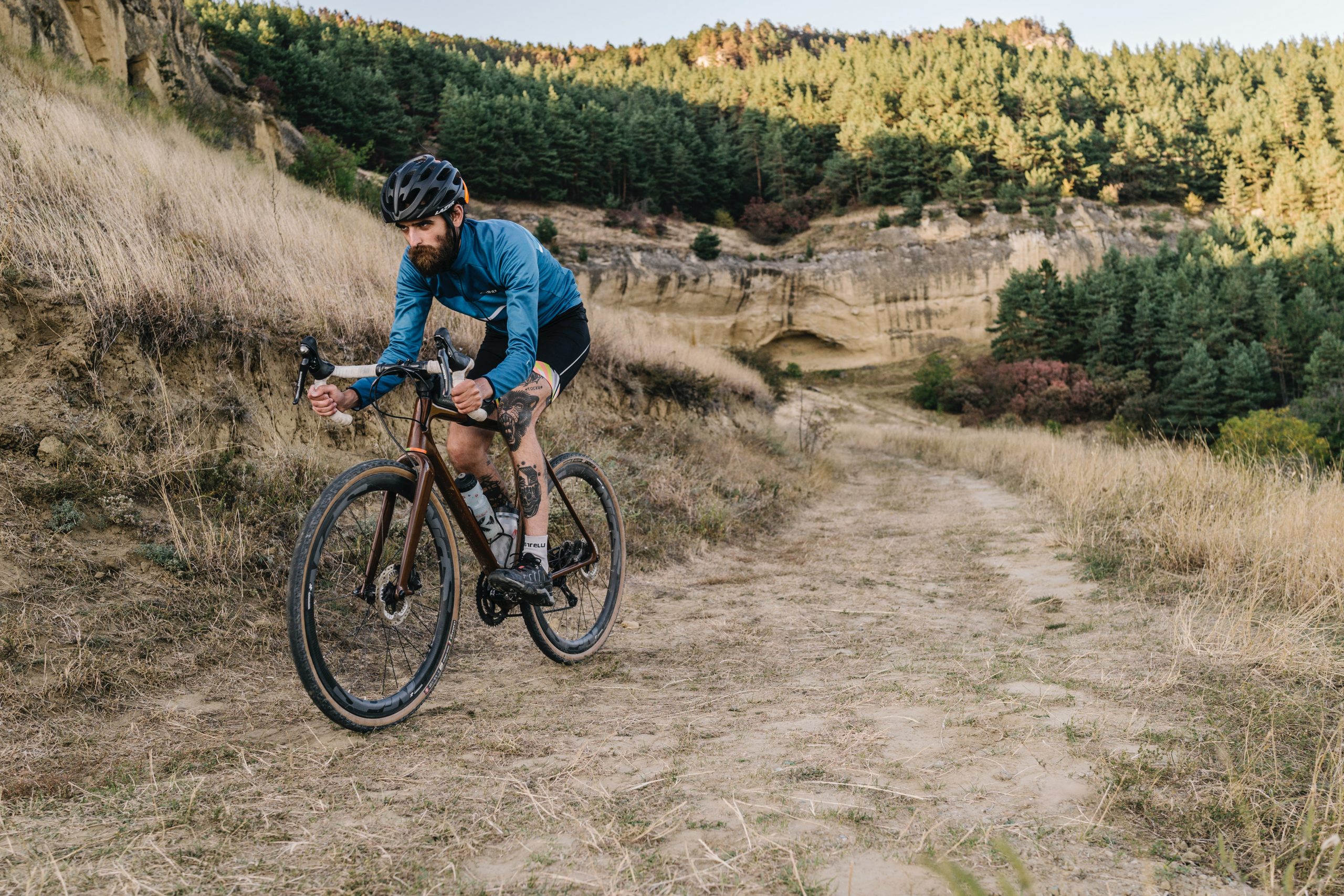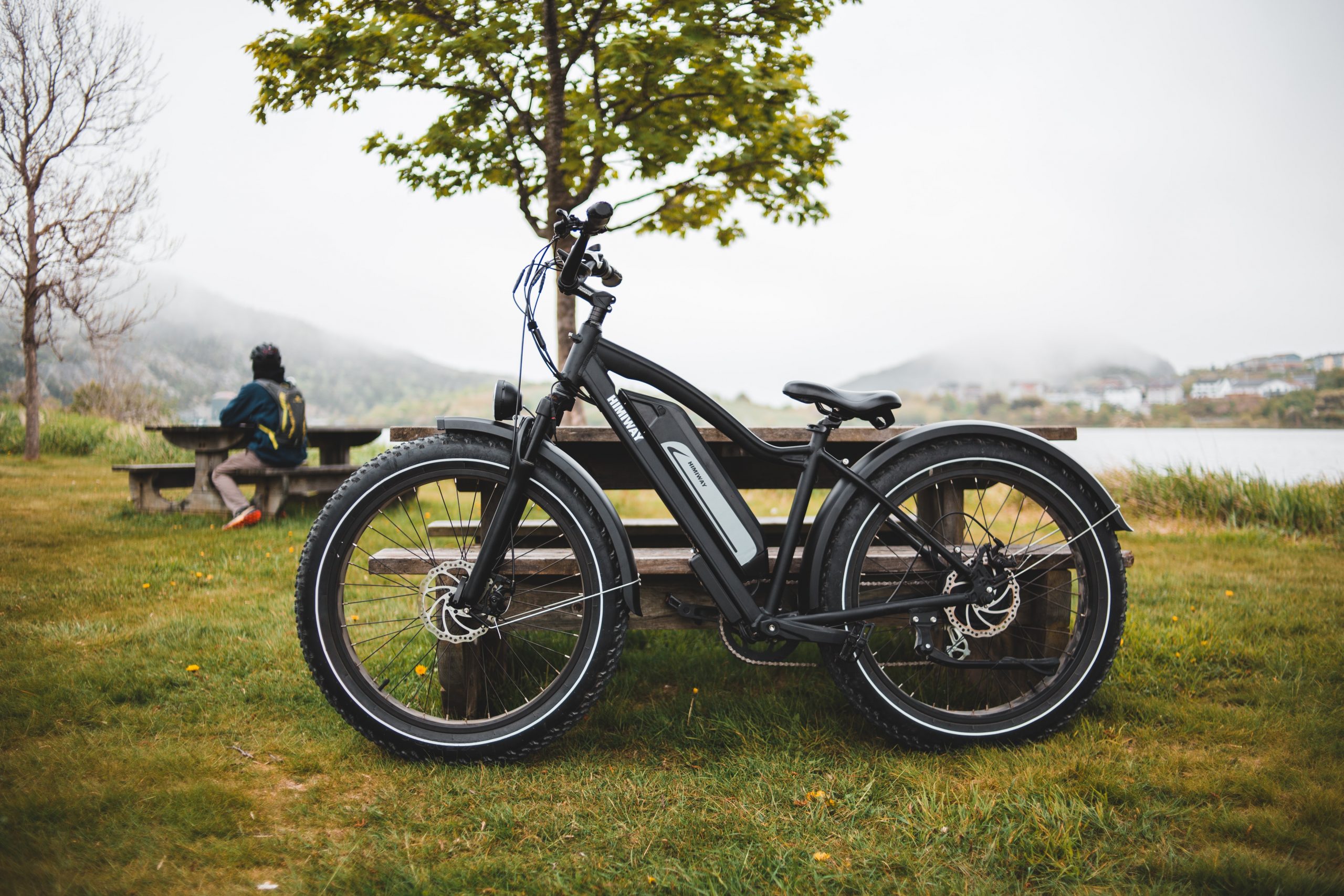Riding a bike is one of the most joyful activities for your kids, but unfortunately, it can be dangerous for them, especially if they are not appropriately protected. And what is a better way to keep your little ones safe while riding than wearing the perfect helmet?
Wearing a helmet while riding is a must for everyone. But, any helmet simply won’t do. You need to find a helmet that fits perfectly. A helmet that does not fit right offers much less protection than it is supposed to, so consequently, your little ones’ safety is compromised.
The good news is that it is not that difficult to find a good helmet; with a bit of time and dedication, you can find the perfect bike helmet for your little riders.
This article will give you some easy tips and tricks to ensure that your kids stay as safe as can be when riding a bicycle.
Why Your Child Needs A Helmet?
Bike accidents happen all the time, and they have the potential to cause serious injuries, the most dangerous one being brain injury. According to Safe Kids Worldwide, more than 240.000 children and teenagers went to the emergency rooms in 2014 because of bike-related accidents, and about 26.000 children experience a traumatic brain injury-related to biking every year. But, we are not showing you these statistics to scare you off from cycling; but rather to encourage you and your family to do it safely.
Bike helmets are incredibly important; they lower the risk of brain injury by at least 45%, face injuries by 27%, and most importantly, fatal injuries by almost 30%. We hope that convinced you of the importance of wearing a bike helmet, but if it did not (that would be a bit concerning), there is another reason for your kids to wear a helmet: it is illegal not to.
Many countries will fine the parents if their kids are riding a bike without a helmet on. With all the risks of not wearing one, a fine is only fair if you ask us.
How To Measure The Head Size For Helmet?
A helmet will not do its job properly if it does not fit you properly. So, let’s make sure that the helmet is a good fit for your little cyclists by measuring the head size first. Grab a fabric measuring tape or even a string and wrap it around your kid’s head, about an inch or two above their eyebrows. It should not be too loose or too tight, and it should be level all the way around.
If you use a string, mark or cut it, straighten it out, and put it next to a ruler or a tape measure. And, voila, that’s your child’s head size. Pretty simple right?
Kids Bike Helmet Sizes
In order to get a proper fit, you need to pay close attention to the kid’s bike helmet sizes. If a kid’s helmet is not the right size, it will not stay in place, and as a result, it will not provide enough protection in case of a crash. Let’s try to avoid that.
The first thing that you need to know is that there are different helmet sizes: toddler, XS, S, M, etc. The sizes, as well as the size names, can vary between various brands.
Match the size of your kid’s head to the size of the helmet in order to find the right or the approximate helmet size. If you are between two sizes, we recommend choosing the smaller one since the helmet needs to fit snuggly. But if the helmet feels only a little bit lose and the smaller size feels too tight, you can add some pads where you need to.
How To Properly Wear A Kid’s Helmet?
Your kid’s helmet should be positioned low on their forehead. A general rule of thumb is to leave one or two finger-widths above their eyebrows. Your child should be able to see the helmet’s front rim when looking up; however, their vision should not be restricted by the helmet. It should fit snugly, and it should not tilt forward or back.
Here are other guidelines on wearing a bike helmet properly:
Tighten the snug in the back
A properly fitted helmet should feel snug but comfortable. If it does, continue with these other steps:
- After your kid puts the helmet on, you should tighten the dial-adjust knob on the back of the bike helmet (this step should be done before buckling the helmet).
- Turn the knob until the helmet feels snug but not too tight on your kid’s head.
- If the helmet does not have a knob that can be adjusted, look for some pads; these come in different widths that you can widen or loosen.
- Next, give it a few good shakes. If the helmet stays firmly in place, then it is probably a good fit. If it moves, then have your kid try a smaller size or add some pads.
Adjust side straps
It is crucial to adjust the side straps of the helmet. This step is pretty easy. Remember, the side straps should be adjusted in a way that the straps come together to form a V just below your kid’s ear. Well-adjusted side straps keep the helmet in place and do not allow it to slide forward or backward.
Fit the chin strap
And the last but definitely not the least important thing is to adjust the chin strap. As a rule, the chin strap should be loose enough so that you are able to fit only one finger between the chin and strap. If it is looser than that, your child’s helmet will move or shake when they are riding their bike.
Final Thoughts
Safety comes first. So, now that you know the importance of wearing a proper fit helmet and wearing it correctly, make sure to follow the steps that we talked about in this article so that your kids can ride their bikes safely.
Until next time, safe cycling, for you and your kids!




